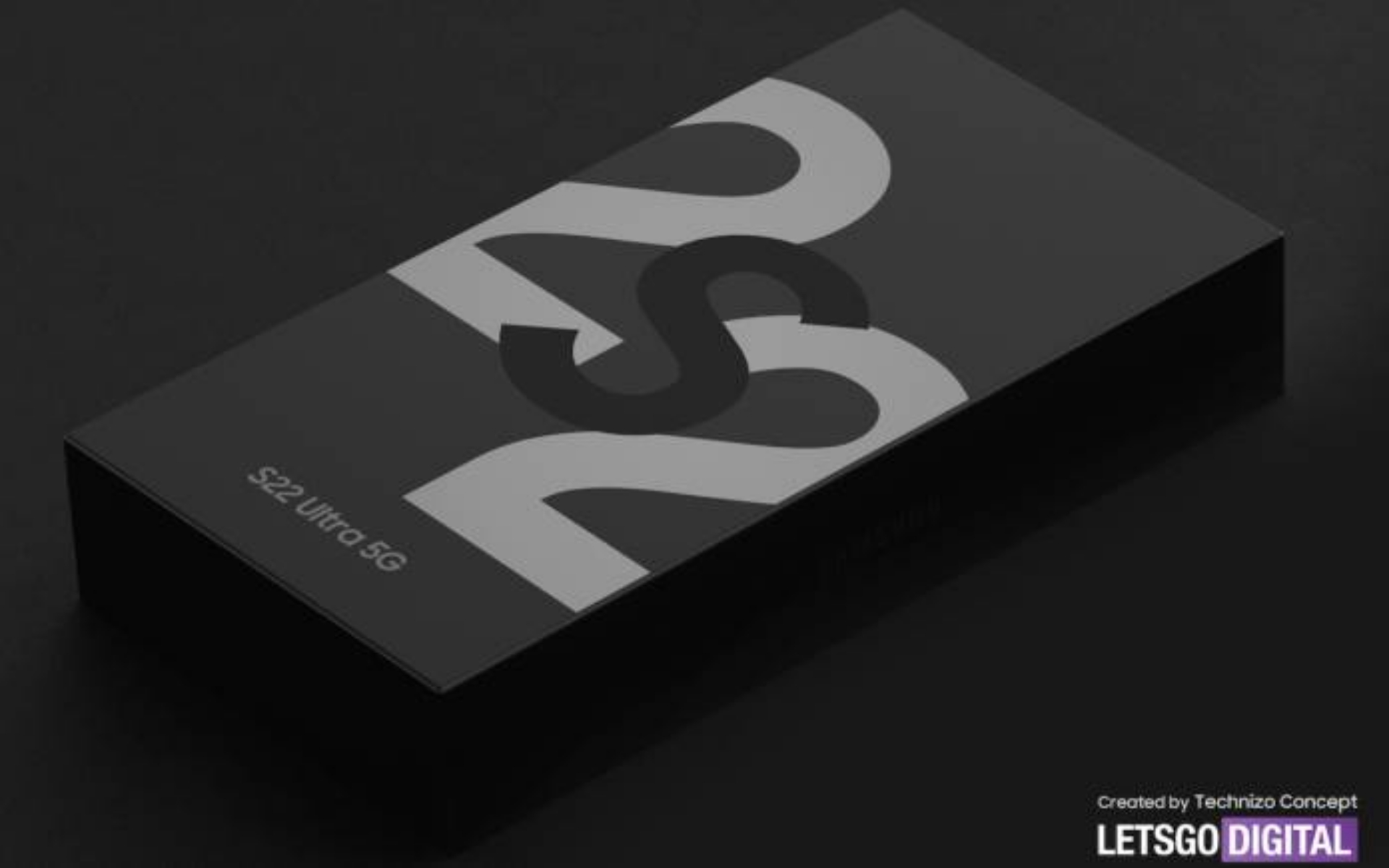The Samsung Galaxy S22+ could arrive in Europe with the Exynos 2200 instead of the Snapdragon 8 Gen 1


The Qualcomm Snapdragon 8 Gen 1 might not be the processor destined to be the heart of the new Samsung Galaxy S22 Plus and its place would be taken by the Exynos 2200.
Samsung devices usually generate a lot of expectation and they do so because of all the new features they usually hit the market with. Of course, before its launch, the leaks usually make an appearance and thanks to them we know several important details.
Rumors and leaks should not be taken as completely true. The only thing that counts in the end is the official presentation by the company, but we already know that, at present, many leaks tend to end up being true.
The last thing that is being said about the Samsung Galaxy S22 Plus is that it would arrive with a different processor than expected. In the previous weeks, what had been seen is that the device could show off the Qualcomm Snapdragon 8 Gen 1.
Many things have changed in these weeks and lor what has begun to be rumored is that it could arrive with the Exynos 2200. Of course, it would not be so in all markets. This processor would be destined to serve as the nerve center for the Samsung Galaxy S22 Plus in Europe and the United Kingdom.
In the United States market, the Samsung Galaxy S22 Plus would have the Qualcomm processor. We will have to wait for the presentation to see if the device arrives with the Exynos 2200, although everything indicates that due to manufacturing delays this could be complicated.
Other rumors point to the Samsung Galaxy S22 Plus It would come with a 4,500 mAh capacity battery and 45W fast charge. This would make it possible to have a more than respectable autonomy and withstand a day of use or even a day and a half of use.
In the photographic section, what is expected is that it has a 50-megapixel main sensor, while the rest of the sensors are still unknown. The screen could have a maximum brightness of 1,750 nits, we will have to wait until the presentation to check if all this ends up being real.
Reference-computerhoy.com